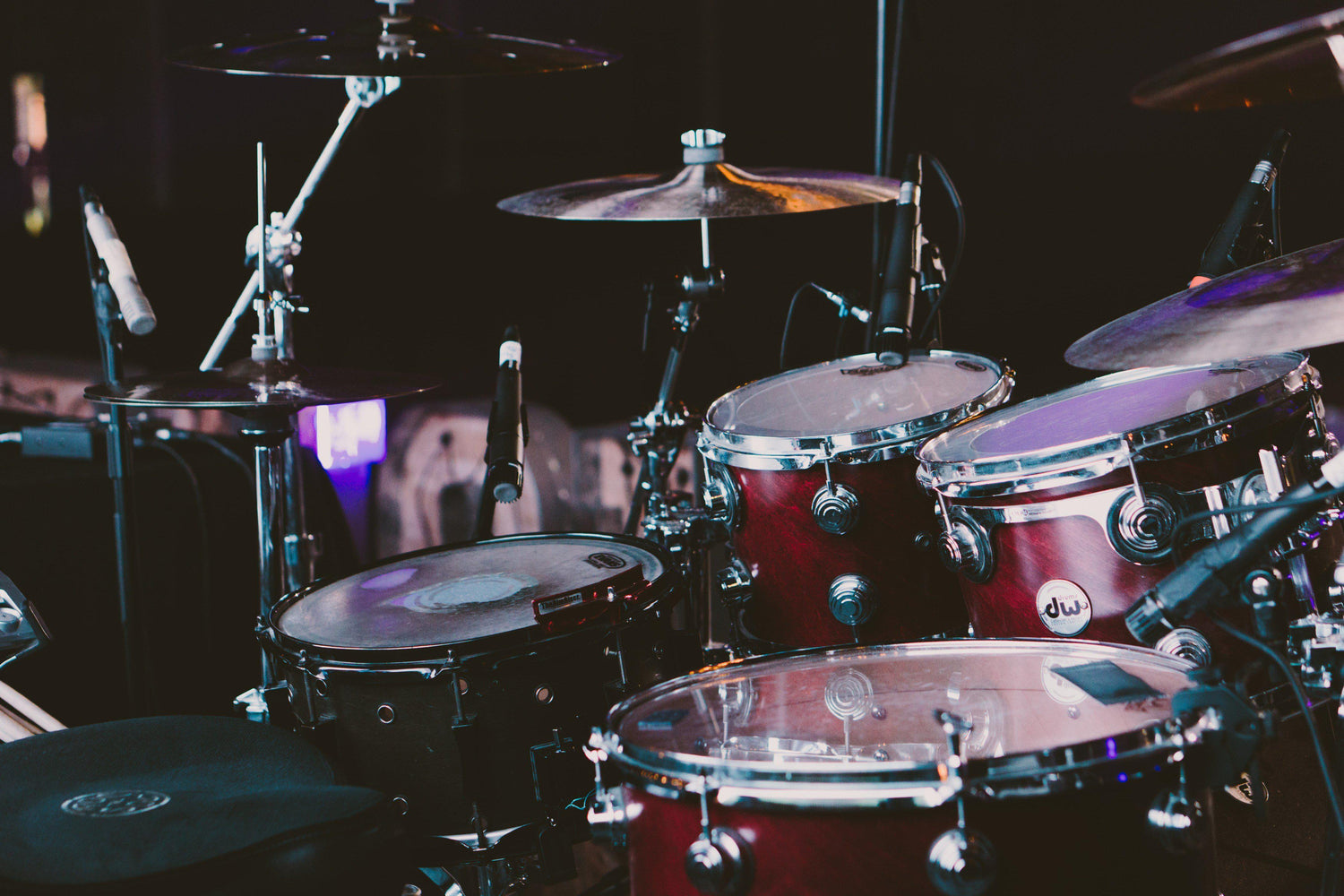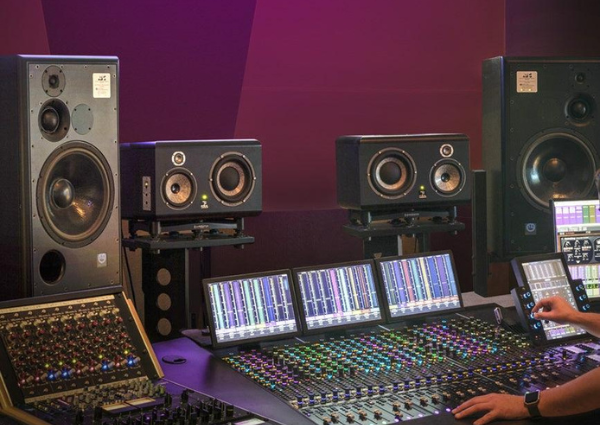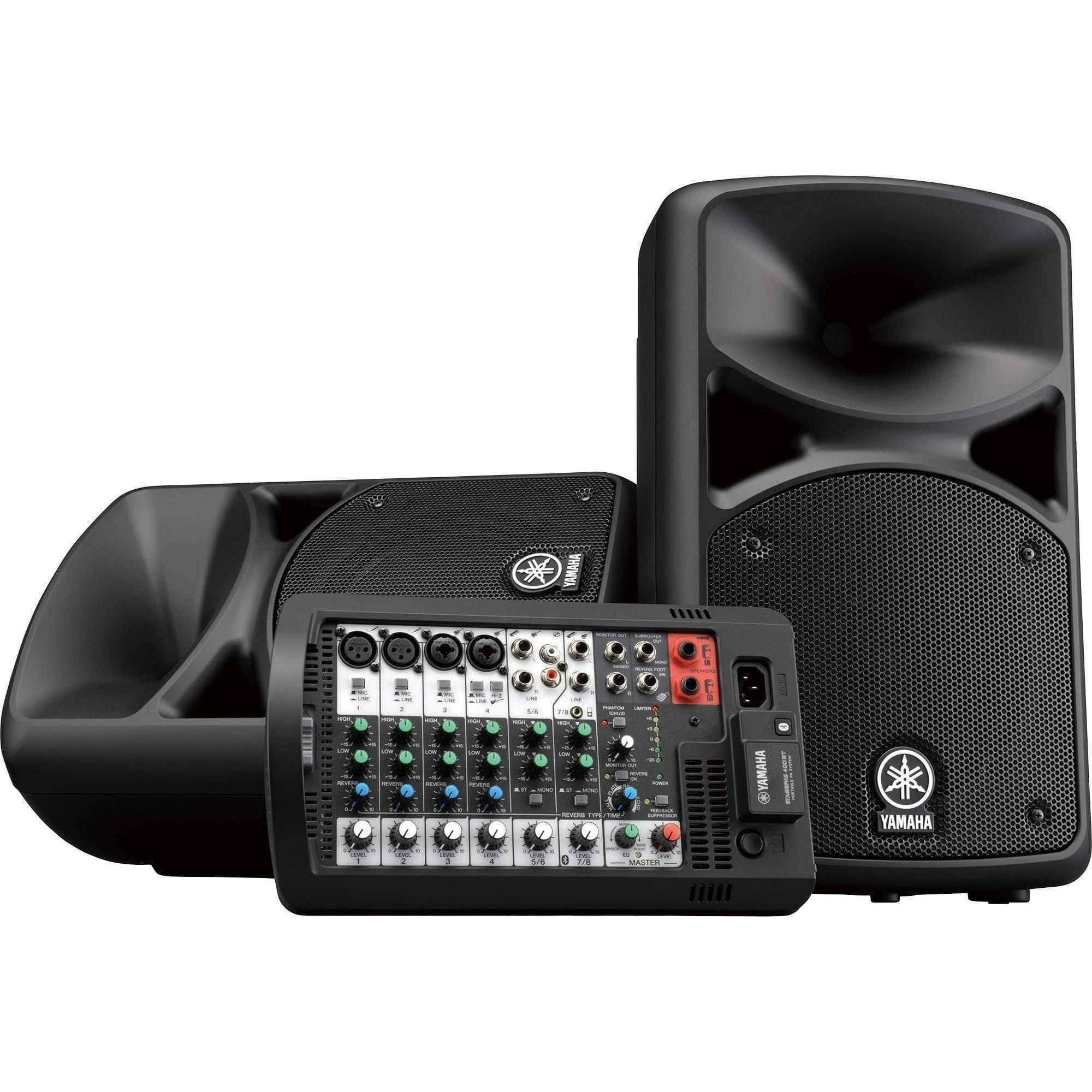Always banging on tables? Itching to get your fingers on the sticks and drums for the first time but have no idea where to begin? We understand that entering the drumming world can be pretty confusing with so many different drums, setups and accessories. Do you need a mute pad? What about electronic drum kits?
Hopefully, after you’ve read this guide, you’ll have a much better idea of what you are looking for and want.

What You Need To Know
What you need to start with is understanding the different drums and what is considered a basic set or kit of drums. When you are browsing drums, you’ll often see ‘shell packs’, ‘drum kits’ and ‘drum sets’ being referred to.
A shell pack only provides the Snare, Kick and Tom Drums. It does not provide cymbals or hi-hats. A full drum kit or drum set contains both the drums and the cymbals.
Most kits provide you with five drums. Following are the notable ones:
- Bass Drum or Kick Drum - Played with a foot pedal and provides the low thwack signature of a drum kit.
- Snare Drum - Played with a stick and is commonly played on the backbeat. You place this drum on a stand between your knees.
- Medium and High Tom - Round drums attached to a drum frame that forms the rest of the kit.
- Floor Tom - A bigger tom class drum that is often freestanding.
- Hi-Hat - Small cymbals that you can clamp together, giving you a sharp percussive sound, placed to the left of the snare and kick drum, on their stand. Hi-hats come in pairs.
- Cymbals - These are the Crash, Ride, Splash (and other types) that are placed at a convenient place to hit occasionally. These can either be attached to the drum frame or put on freestanding stands.

Types of Drum-kits
There are two kinds of drum kits. Electronic drum kits don’t use real drums. They are instead a collection of small pads that send an electrical signal to a sound unit to create their sound. Electronic drums require an external audio output device - a headphone or a speaker setup.
Electric drum kits are usually used when space is at a premium, and noise isn’t tolerated. With headphones, you can practice in relative silence, so they are an excellent investment for a parent or a musician living in a quiet place. Electric drum kits are usually customizable too, meaning you can change the sounds of your cymbals and snare drum easily to fit better with the type of music being played.

Acoustic drum kits sound much louder and can be significantly bigger than electric drum kits. Drummers tend to prefer acoustic drum kits as they feel real and are easier to take control of the sound and feel of the output.
Since acoustic drums are much louder than electric, they are useful for band rehearsals and live situations. Mute pads are a viable option to dampen the resonance if the volume is higher than required.
Acoustic drum kits also require tuning, while electronic drum kits do not. Tuning a drum kit isn’t difficult, but it can be time-consuming. If you are touring without the right help, you’ll spend much time retuning your drums to deal with different temperatures and humidity.
We recommend the Yamaha Rydeen if you're looking to satisfy your acoustic drumming needs. However, the Alesis Nitro Mesh has proven to be somewhat of a best seller in the electronic drums segment.
Drum Sizes, Materials and Optional Pieces
Now that you know a little about each type of drum and cymbal, it is worth looking at the differences between the materials and sizes of the drums and how they affect the sound of the drums.
There’s a myriad of different materials you can make drums from, but most kits are made of one of three wood-types:
-
Maple – These drums are resonant and tend to favor lower frequency.
-
Birch – These drums favor both high and low frequency - they sound a little more balanced overall.
-
Mahogany/Poplar – Even more low end with a ‘classic’ sound, favored for jazz kits.
Drums also vary in thickness or ply. At a basic level, the thicker the drum, the louder it is, at the expense of sensitivity.
When it comes to cymbals, you are choosing between different alloys of brass, bronze and tin. In the drumming world, we call the three main alloys Brass, Bronze B8, and Bronze B20. Pure brass cymbals tend to be cheaper, used almost exclusively for entry-level models.
The diameter of the drums is also important. Try out different sizes of kick drums, snare drums and cymbals as they all give different sounds. An 18” crash cymbal takes more effort to hit than a 14” crash but offers a more powerful tone. If you are a rock, metal or hip-hop drummer, you’d perhaps prefer larger and heavier cymbals to those of a swing, jazz or pop drummer.
There are also additional cymbals you should check out:
-
Splash cymbal: which is a very small crash cymbal used as an effect.

-
China cymbal: shaped differently to a normal crash cymbal and stacked cymbals, which you can buy recreated or create yourself.

This is where a lot of personality can be injected into your drumming. Trying different cymbals is a great way to find your sound. You can also add other percussive instruments like cowbells or tambourines to your kit, further enhancing your sonic palate.

Conclusion
Hopefully, we’ve helped you navigate the world of drums, and you have an idea of what you want to look for on your journey into the world of drumming. Take a look at some of our drum kits and cymbals, and you’ll be right on track to getting your dream drum sound at home.
We are building a community of musicians and creators in the Middle East – those not afraid to follow their dreams and expand creative horizons. One way we support aspiring, active creators on their journey is by sharing a variety of content and information across essential topics in this complex and exciting industry of musical instruments and content creation gear.
When you're looking to pick up instruments or music and sound gear, get in touch with us for recommendations, the latest information on new and discontinued models, as well as sales and promotions. Whether you’re looking for a guitar, a keyboard, a piano, a drum kit, studio recording equipment, music production tools, or DJ gear – we can promise the widest variety, knowledgeable advice and the lowest prices across Dubai, Abu Dhabi, Sharjah, UAE, the Sultanate of Oman, the Kingdom of Bahrain, the State of Kuwait, and the Kingdom of Saudi Arabia.







